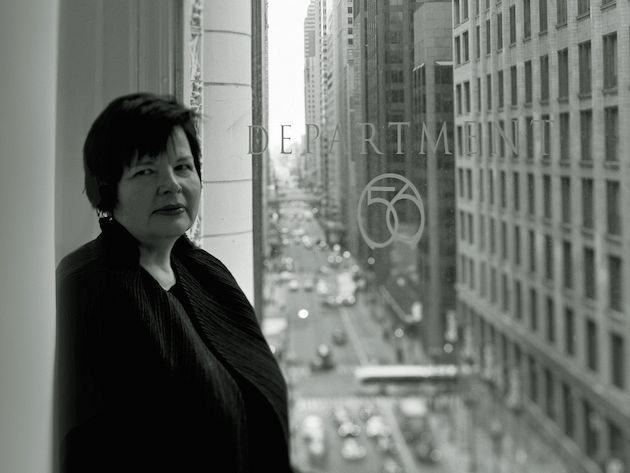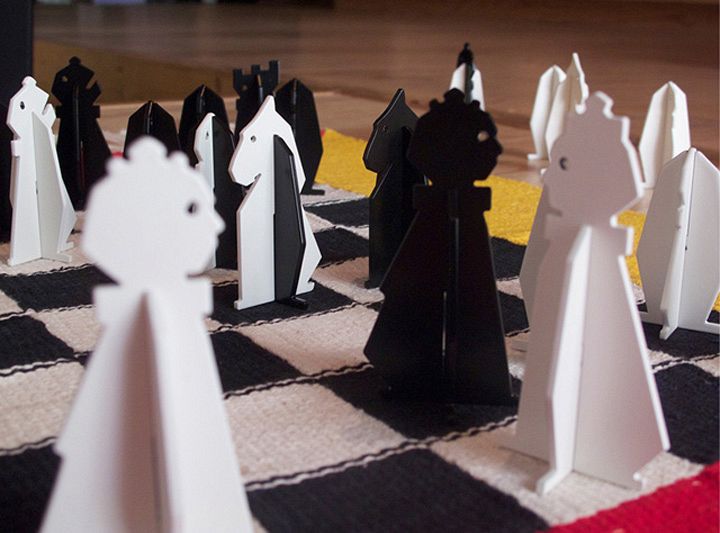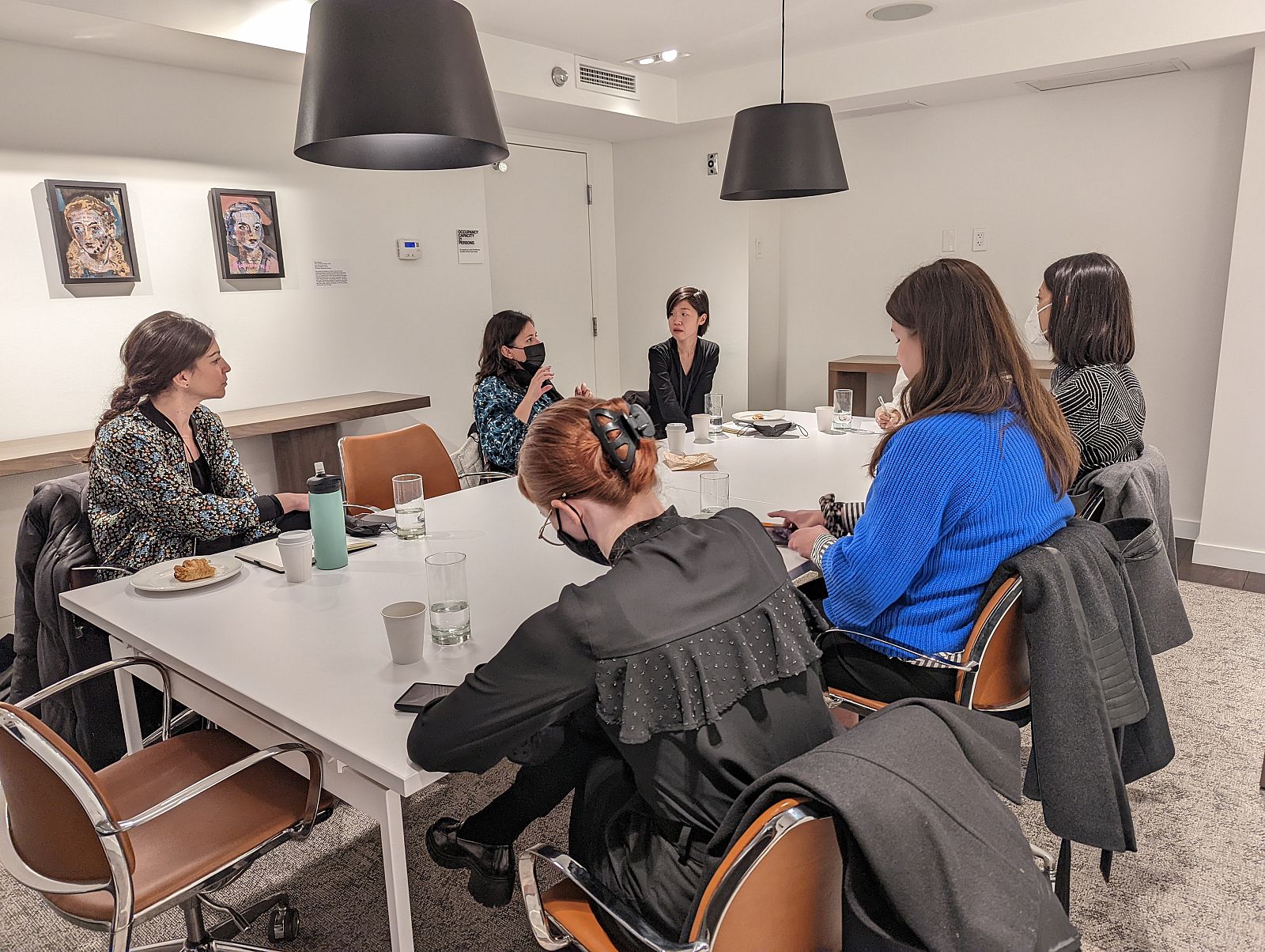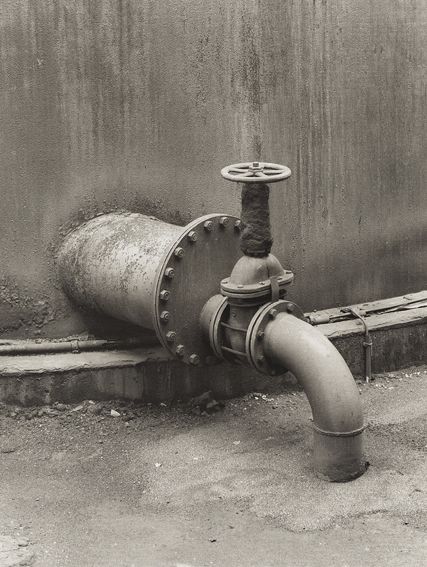The sixties was a decade of dramatic political and cultural change. Throughout the world, artists questioned the very notion of art as they searched for alternative theoretical models reflecting their own political and cultural realities. In particular, they reconsidered what it meant to make a work of art and whether it needed to be an object. As a result, many focused on the supremacy of conceptual ideas over an actual art object; others investigated in their work non-traditional qualities such as gravity, site, and integrity. Beyond Preconceptions: The Sixties Experiment focuses on twenty-two major international artists. Their explicit acknowledgment of the importance of the physical aspect of a work places them squarely in the contested zone where the call to make an immaterial philosophical statement spars with the desire to create an actual work, using non-traditional, ordinary materials. While investigating these diverging positions, Beyond Preconceptions provides an unprecedented look at parallel art developments in Eastern and Western Europe and the Americas, and demonstrates how a select group of artists translated similar concepts into a variety of approaches based on each artist’s specific cultural, social an political situation.
The new models of art developed by these artists are shaping what a younger generation of artists is creating today. Their models significantly influenced institutional critique and the concept of authorship. They explored alienation in everyday life, and, in search of a collective dimension of art, provided new definitions of audience. As the artists questioned the very meaning of the art object, they referred to the conflicts between the market’s requirements and their own aspirations, coming up with new methods of art production. Some of the works in the exhibition were conceived as “living organisms,” “social sculpture,” “unknown language,” or “date paintings.” They were made from cheap, ordinary and often mass-produced materials, relics and recycled elements of daily life. Traditional painting and sculpture were abandoned in favor of new aesthetic categories such as books as art, photography as art, video installation, language as sculpture, or painting as document.
In Europe, the artists working in the sixties were still significantly shaped by the impact of World War II, which many of them had participated in directly. Joseph Beuys considered teaching his most essential activity and called his activities “social sculpture” in recognition of their civic nature. Mangelos, a philosopher, psychologist, art historian and artist, produced a body of work that he called “noart” as a way of enabling culture to begin afresh. Jirí Kolár, initially a poet, found words to be inadequate and transferred verbal poetry to his visual art.
During the 1960s, artists in South America witnessed and responded to various types of dictatorships. Victor Grippo suggested that the Americas must seek themselves in their own culture if they wish to develop in full, and created “potato works” making use if a native product. Hélio Oiticica called for the total participation of audiences, recycled elements from the street, and openly identified with people living on the margin of society. Lygia Clark developed what she called a “therapeutic” art practice for which she searched for the creative participation of many individuals. Cildo Meireles’ work has been characterized as “political conceptualism.” Artists in North America responded to the changing political and social climate and tried to connect with their public by implicating the viewer in the completion of their work. Eva Hesse stated that she wanted her work to be “non-work,” making objects that went beyond what they were “logically supposed to be.” Bruce Nauman made use of unusual materials, and turned the body into a performative tool. Sol LeWitt declared that the idea was the most important aspect of an artwork, though his work never became non-material. The art material for Lawrence Weiner is language. For once, the achievements of artists from Eastern Europe and South America who influenced and took part in the development of Conceptual art will be presented together with – and recognized as equal to – the work produced by their better-known American and Western European contemporaries.
Accompanying this exhibition is the catalogue Beyond Preconceptions: The Sixties Experiment, edited by Milena Kalinovska and published by Independent Curators International (ICI). Please visit our shop for more information.







